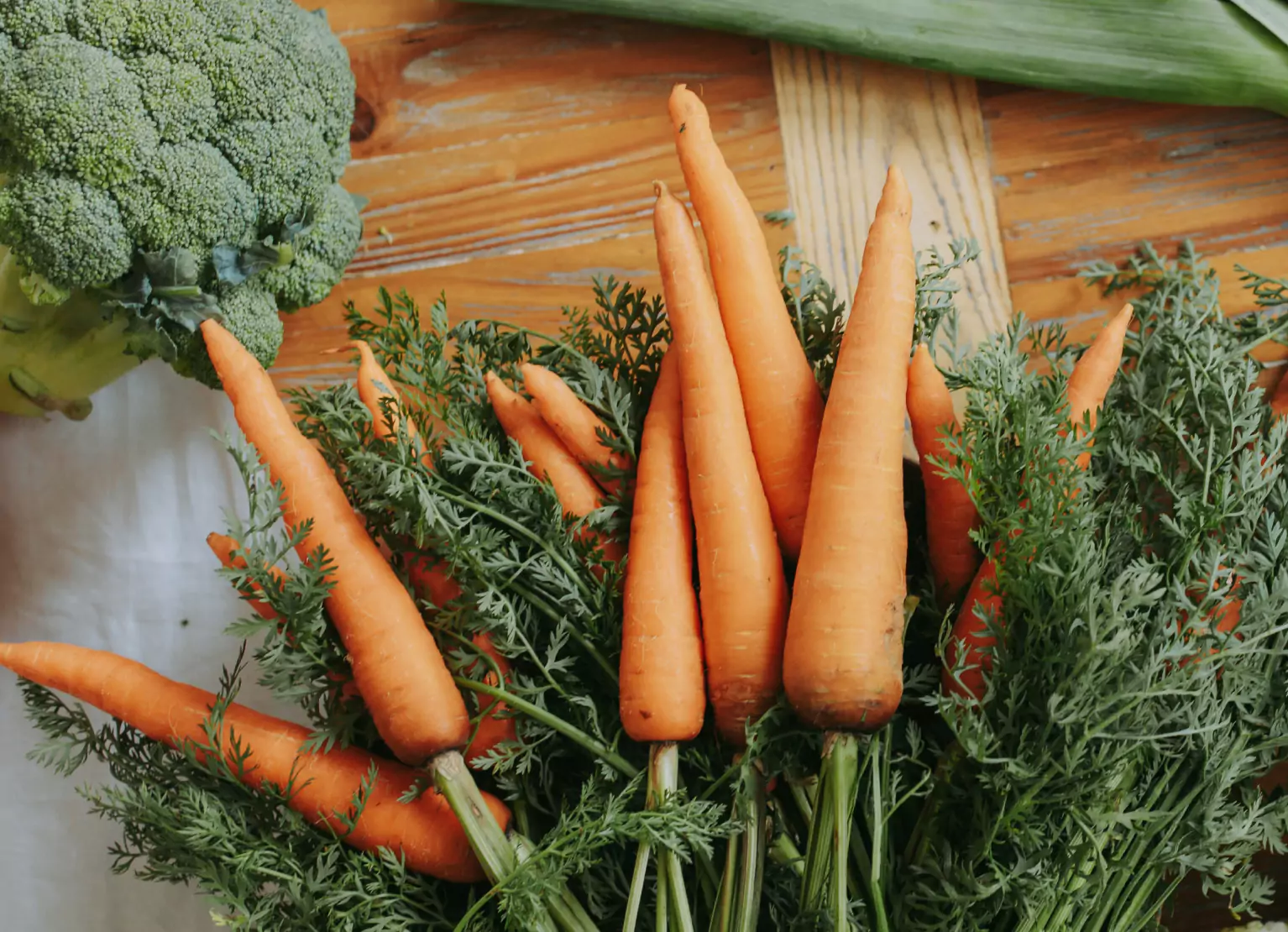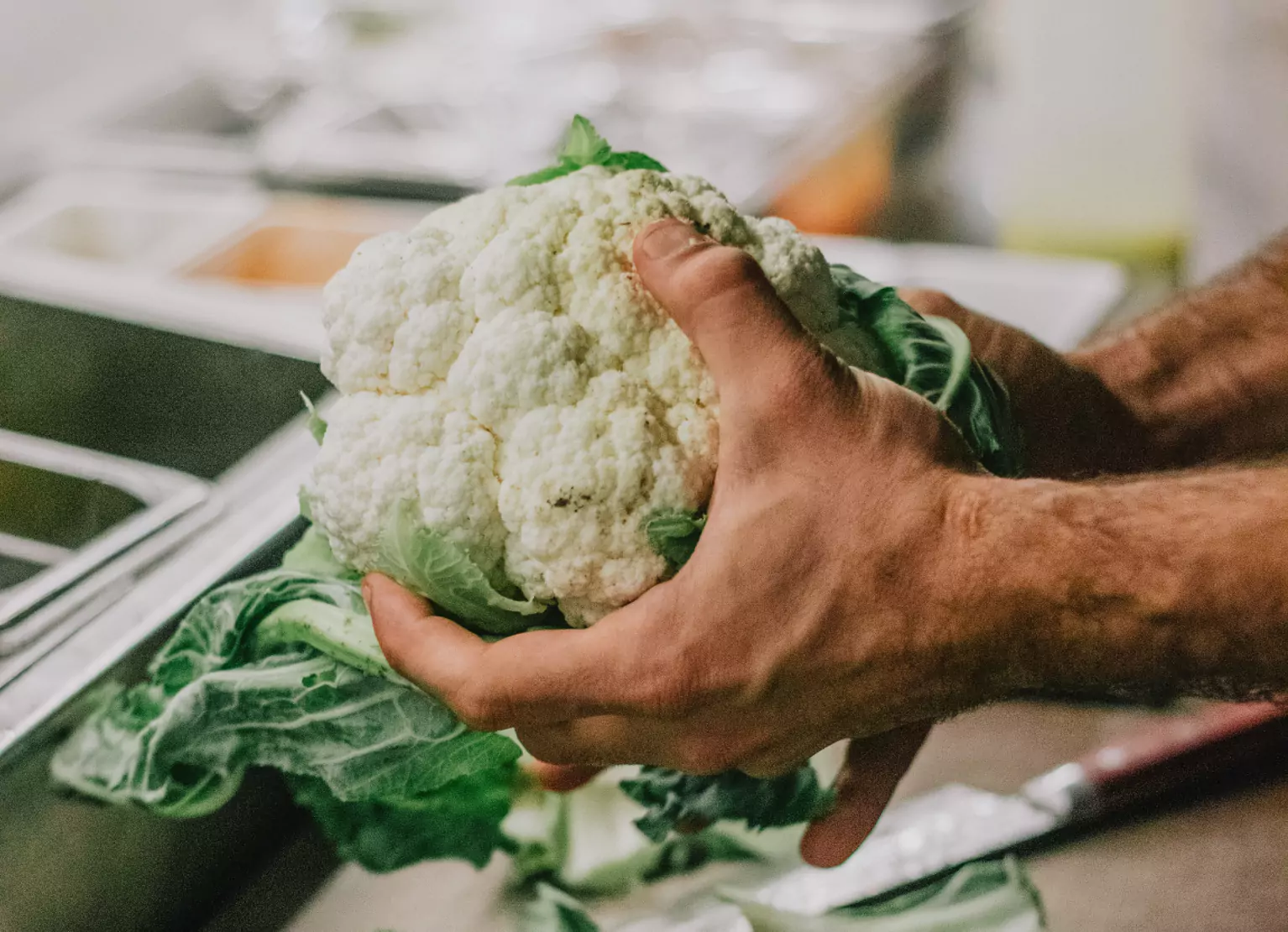The Ultimate Guide to Fiber and its Effect on Metabolic Health

Key Takeways
If you’ve read any of our articles on fiber, you’ll know that this nutrient is crucial for insulin sensitivity, healthy glucose levels, gut health, blood cholesterol levels, and overall metabolic health.
You may be familiar with the two basic types of fibers, which are broken down into soluble and insoluble groups. However, fiber can be a bit more complex, as some types can belong to two or more groups while others can even be classified as antioxidants.
In this deep dive, we’ll go beyond the basics to break down all the different classifications of fiber and how each type can improve metabolic health.
An Overview of the Benefits of Fiber

Fiber has a host of health benefits which can differ depending on the specific type. It’s important to understand the nuances of this micronutrient to help you make more informed decisions about foods that are beneficial for your metabolic health.
Here’s a quick refresher of the most common benefits of fiber:
- Improves immune function
- Supports the digestive system
- Can help with weight loss by promoting feelings of fullness
- Improves blood sugar levels
- Increases insulin sensitivity
- Can lower the risk of type 2 diabetes
- Can lower the risk of cardiovascular disease
- Improves blood lipid levels (think HDL, LDL, triglyceride, and cholesterol levels)
- Helps to reduce inflammation
- Can lower blood pressure
- Improves clotting
- Increases the diversity of gut flora (important for metabolic health and preventing disease)
- Can reduce risk of developing colorectal cancer
Breaking Down Dietary Fiber and Functional Fiber

Beyond the soluble and insoluble categories of fiber, there are two more important classifications to understand: dietary fiber and functional fiber.
Dietary fiber is fiber that is found naturally in whole food sources like fruits, vegetables, whole grains, and legumes (see our article on fiber and carbohydrates). These types of fiber can be soluble, insoluble, fermentable, and nonfermentable.
Functional fiber, on the other hand, is fiber that has either been synthetically made or extracted from whole food sources such as starches and/or sugars. This type of fiber is isolated from its source then added to certain foods or sold as an extract (like a fiber supplement).
Depending on the type, functional fiber has specific, proven health benefits, which is why functional fibers are often selected based on their benefits and added to certain foods in therapeutic doses.
What’s important to understand about these two types of fiber is that the main distinction is where the fiber comes from. Any kind of soluble or insoluble fiber can also be classified as dietary or functional fiber if it comes from whole food sources or an isolated extraction, respectively.
Soluble Fiber

Soluble fiber, as the name suggests, is a type of fiber that can be dissolved in water. Soluble fiber is viscous (or gel-like), fermentable, and can act as a prebiotic. Some soluble fibers will be more viscous and fermentable than others, and the degree to which a soluble fiber is viscous and fermentable determines what kind of health benefits it has.
Highly Viscous Soluble Fibers
This type of fiber has a significant cholesterol lowering effect. In fact, one study suggested that it’s the level of viscosity rather than the amount of fiber consumed that can lower cholesterol levels. So, the higher the viscosity, the more significant cholesterol-lowering effect this type of fiber can have.
Highly Viscous Non Fermentable Soluble Fibers
These fibers resist dehydration in the colon, which promotes formation of healthy stool.
Viscous Soluble Fibers
This type of soluble fiber produces molecules called short chain fatty acids (SCFAs), which effectively promote feelings of fullness. Non-viscous soluble fibers aren’t as effective at producing this effect.
Soluble Fermentable Fibers
This fiber has a prebiotic effect. Prebiotics are substrates that act as food to the bacteria in your gut and can help increase the amount of beneficial bacteria in the microflora.
Are all Soluble Fibers Viscous and Fermentable?
Not all soluble fibers will be both viscous and fermentable, so let’s have a deeper look at the different types of soluble fiber.
Types of Highly Viscous, Fermentable Fiber
- Beta Glucan
This dietary fiber is found in oats, barley, and some edible mushrooms and can act as a prebiotic, promoting the growth of beneficial bacteria in the gut. It can have a significant cholesterol lowering effect, may help lower obesity, and can improve blood glucose levels.
- Raw Guar Gum
This fiber is found in and isolated from seeds, making it both a dietary and functional fiber. Like beta glucan, it can also significantly lower cholesterol and improve glycemic control.
- Pectin
Pectin is a dietary fiber found in fruits such as apples and berries. It acts as a prebiotic and alters the ratio of Firmicutes to Bacteroidetes in the gut. Pectin can also increase concentration of SCFAs and reduce inflammation.
Types of Viscous, Non Fermentable Soluble Fiber
Psyllium husk is a functional fiber that is extremely effective at lowering cholesterol. This fiber also resists fermentation in the colon, and in doing so, can provide a laxative effect and help promote the formation of healthy stools.
According to the FDA, only psyllium husk and beta glucan are authorized to claim that they can reduce risk of cardiovascular disease by lowering cholesterol.
Types of Non Viscous, Fermentable Fiber
Inulin, oligofructose, oligosaccharides, and fructooligosaccharides are all non viscous, fermentable fibers that can be found in foods such as onion, asparagus, Jerusalem artichokes, and chicory root.
All of these types of fiber can be classified as both dietary and functional fiber and are effective prebiotics. Some of them can aggravate conditions such as IBS and create symptoms such as bloating and/or abdominal discomfort.
Inulin in particular stimulates the growth of beneficial bacteria such as bifidobacteria while inhibiting the growth of harmful bacteria such as E. coli, salmonella, and listeria, which can help prevent infections such as C. difficile and help manage conditions such as Ulcerative colitis, or UC.
Insoluble Fiber

Insoluble fiber does not dissolve in water, and as a result, it’s not very fermentable by the bacteria in the intestines. As it’s not able to be broken down by bacteria, this type of fiber plays a different, but equally important role in your health.
Insoluble fiber works as a laxative in the body by increasing the stool water content and helping to bulk stool, which is important for healthy stool formation.
Unlike soluble fiber, this type of fiber doesn’t have the same water-holding capacity in the large intestine. Instead, it acts as a mechanical irritant to the intestinal lining, causing the intestine to release water and mucosa to protect itself, helping to form healthy stool.
Types of Insoluble Fiber
- Cellulose
Cellulose is a dietary and insoluble fiber found in plant cell walls and cereals. It promotes healthy stool formation.
- Hemicellulose
Like cellulose, hemicellulose is found in plant cell walls and promotes healthy stool formation.
- Lignin
This dietary fiber is found in wheat bran, flaxseeds, corn bran, and unripe bananas. While it has laxative and stool bulking properties, lignin can also act as an antioxidant, fighting off harmful molecules known as free radicals.
How Much Fiber Should You be Consuming?

There isn’t a one-size-fits-all when it comes to fiber intake.
Some sources recommend consuming between 21 and 26 grams of fiber per day for females and 30 to 31 grams daily for males. The American Diabetes Association advises that most people consume at least 14 grams of fiber per 1,000 calories as part of a healthy diet.
While these guidelines are great to work towards, the specific amount of fiber your body needs may be different. Working with a credentialed dietitian or nutritionist can help you figure out what your optimal fiber intake should be. Remember that when increasing fiber intake, it’s important to do so slowly to prevent digestive symptoms like bloating and gas.
The types of fiber you consume will determine the benefits you get, and eating a wide variety of high fiber foods is the best way to ensure you are getting all the health benefits of this nutrient. For example, while consuming highly viscous fiber may help reduce cholesterol significantly, not consuming sufficient insoluble fiber can result in constipation or unhealthy stool formation.
Consult with a medical professional before altering your diet, as some individuals may be more sensitive to significant changes in fiber intake.
Find the right Nutrisense programto turn insight into progress.
Go Beyond Glucose Data with Nutrisense
Your glucose can significantly impact how your body feels and functions. That’s why stable levels are an important factor in supporting overall wellbeing. But viewing glucose isn't enough. Nutrisense, you’ll be able to learn how to use your body's data to make informed lifestyle choices that support healthy living.
One-to-one coaching
Sign up to access insurance-covered video calls to work with a glucose expert: a personal registered dietitian or certified nutritionist who will help tailor your lifestyle and diet to your goals.
Monitor and measure what matters
With the Nutrisense CGM Program, you can monitor your glucose with health tech like glucose biosensors and continuous glucose monitor (CGM)s, and analyze the trends over time with the Nutrisense App. This will help you make the most informed choices about the foods you consume and their impact on your health.
Find your best fit
Ready to take the first step? Start with our quiz to find the right Nutrisense program to help you take control.

Katie is a dietitian at Nutrisense. With over 11 years of experience as a dietitian in many areas of nutrition, Katie has worked as a clinical dietitian within a hospital, as well as in the fields of diabetes, sports and performance nutrition, recovery from addiction, and general wellness. She’s also an athlete and has run 8 marathons, including the Boston Marathon.




